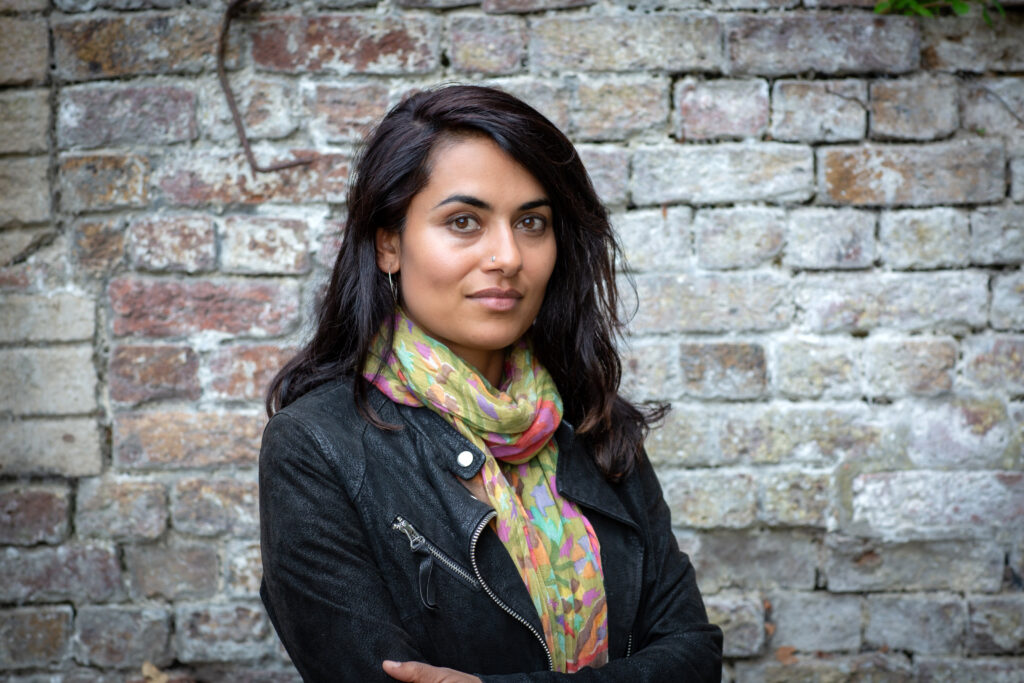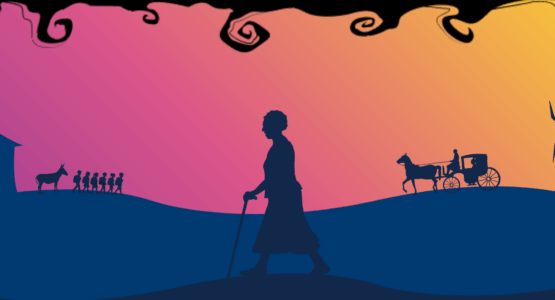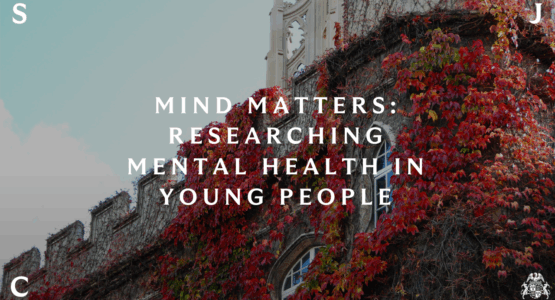An ancient fishing community in the Gulf of Kutch, India, which joins forces with human rights lawyers in Washington is the focus of a new documentary by filmmaker Sheena Sumaria (2003).
The Fisherman and the Banker chronicles how the community takes on the World Bank’s private lending arm, the International Finance Corporation (IFC), for funding a coal-fired power plant that borders the waters they fish.
Filmed over a decade, the film captures the Wagher fishermen’s fight against the siting of the power plant along the coast from their village, which reaches the US Supreme Court in 2018.
The film explores their legal battle, traditional lifestyle, and profound bond with the environment.
Sheena, who directs the film, says: “It’s a David and Goliath story that shows this unique fishing community, who themselves are marginalized for being a minority. They’re a Muslim minority in Gujarat, who have historically been persecuted. But they’ve been living on the coast, their whole livelihoods revolve around the sea. They’ve been doing this for hundreds of years.
“They have this history of a very strong relationship with the sea. It shows up in the stories they tell themselves about their history and their origins. For example, they worship a sea god, and their songs are all about the sea.

“Their knowledge about the skill of fishing and how to read the sea, that’s all been passed down through the generations. They have this huge knowledge of the environment, the importance of mangroves, the whole biodiversity in the region.”
She explained that following the opening of a nearby private port the area has become much more industrialised and the fishermen formed a social movement to protect their environment. This culminated in them taking the IFC, the World Bank’s private lending arm, to court for funding a power plant close to the coast.
The documentary took Sheena 10 years to film and 14 years to complete. She said: “The film is a meditation on what it means to live in harmony with the natural world and to fight for its survival. Inspired by the Wagher fishermen of Gujarat, whose livelihoods are deeply entwined with the rhythms of the sea, the story captures their extraordinary defiance against industrial forces threatening their way of life. Meeting Ibrahim in 2010, a fisherman whose poetic reflections and profound humanity left a lasting impression, set this journey in motion. Through his story and that of the community, the film juxtaposes intimate daily rituals with the stark dominance of power plants and global institutions, inviting viewers to reflect on what it means to be human – and to resist.”

Sheena is a British-Gujarati filmmaker who read Economics at St John’s followed by a Master’s in Globalisation and Development at SOAS, the School of Oriental and African Studies (University of London). She transitioned from international development to filmmaking, driven by her passion for social justice, marginalised communities, and grassroots resistance. Her projects include Still Standing, capturing life in Medellin’s slums; Chile Building Dreams, about the Chilean student uprising; and Even the Crows: A Divided Gujarat, her debut feature co-directed with her sister Sonum, which examines the 2002 Gujarat pogrom.
“I started experimenting with documentaries first of all when I was travelling in South America and then back in 2010 after my Master’s, I just went to India with my camera, because I also wanted to explore my own roots. My grandparents are from there. And I was very interested in social movements at the time as well as the idea of people coming together to push for change. I ended up finding out about this fishing movement in Gujarat and I was just really intrigued because you don’t often hear stories of resistance from Gujarat. It’s got this stereotype being a business state. It’s also kind of the birthplace of Hindu nationalism.
“I ended up meeting the community and I really connected with the main characters. I met Ibrahim and was amazed by his charisma. And he was just joking around, infusing his talk with song and poetry. I slowly got to know the community, and how they were fighting against a power plant and over time their movement became bigger.
“If you find people that you think will be good characters, and you’re genuinely interested in following and getting to know them more, I guess that’s a good kind of starting place when making a film. It’s not really about what would grab people. I think for me it is about following my own curiosity as well as having an expression for the things I feel need to say.
“It’s a reminder that stories from the Global South must be heard – that the frontlines of struggle, hope, and transformation often lie far from the spotlight.”
The Fisherman and the Banker is now available to stream on Vimeo.






